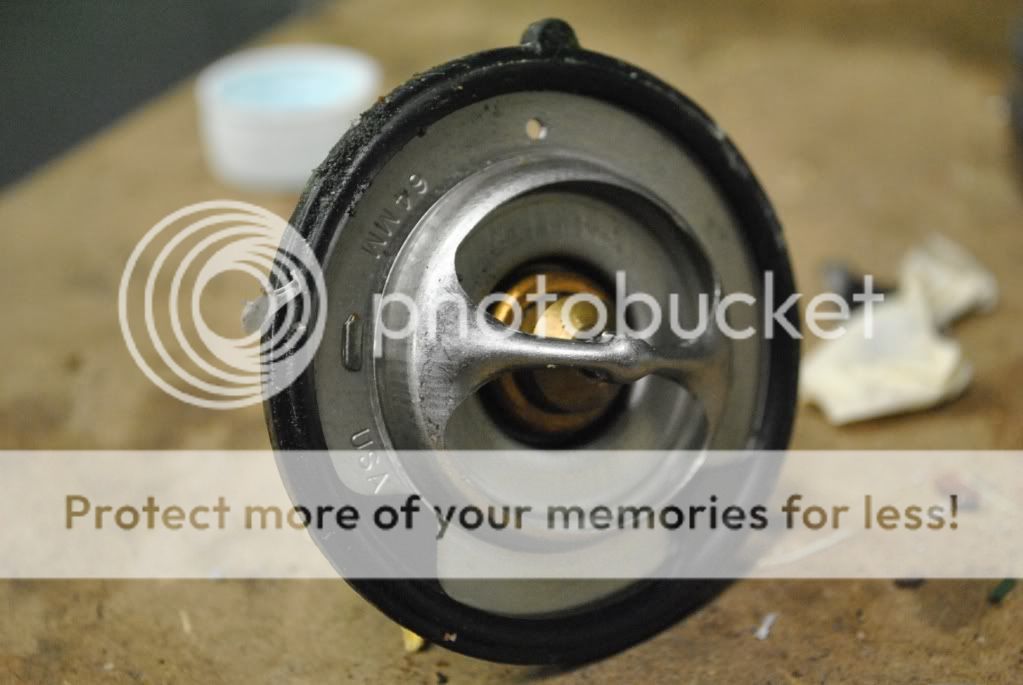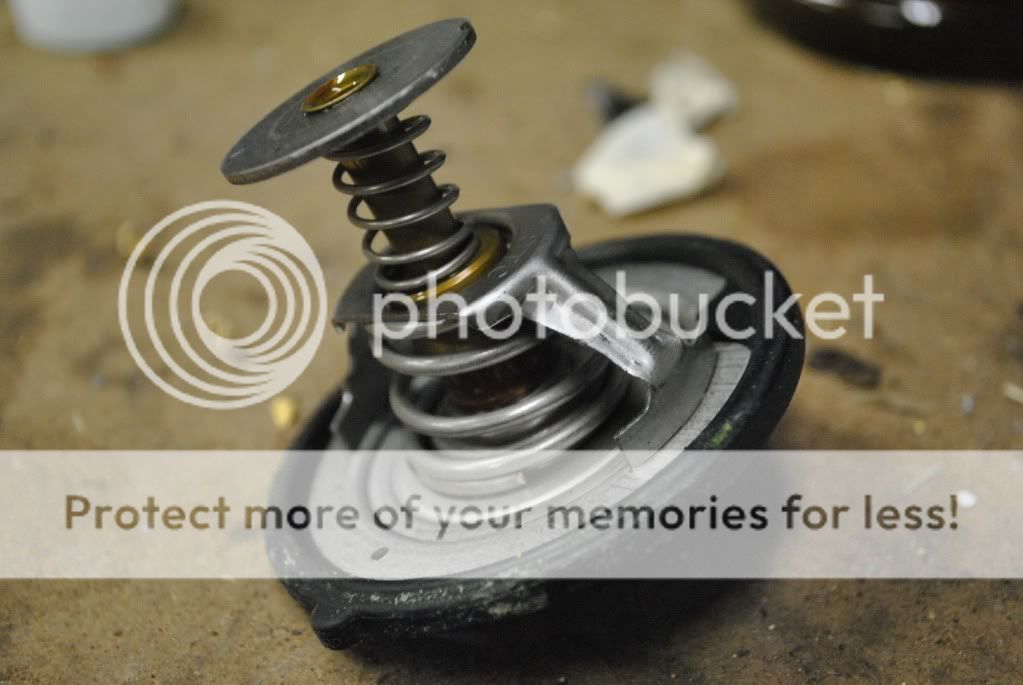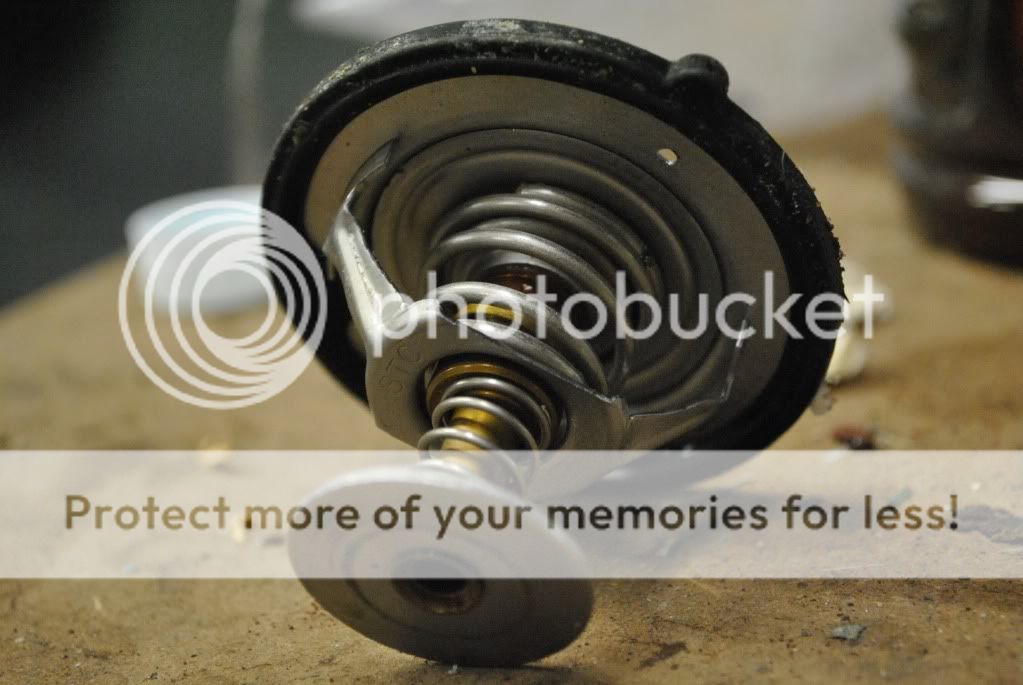Yet another update:
Did a charity autocross on 11/20 and played taxi duty for local law enforcement & beneficiaries. The car was doing fine through my 6 competition runs (i.e. hard launch,~40seconds of 6-8k rpm, near the limiter in 1st, and ~50-60mph max followed by ~10 minutes in grid). I'd been checking it after each run. However, after that, I was giving rides to some local law enforcement and some of the donors for the charity and the car started overheating after probably another 5 runs taken more-or-less back-to-back (<1 minute down time between runs). The Coolant level started the day (cold level) with the Dali tank ~50% full, but overflowed that by at least 20 ounces (I have an....improvised...overflow bottle that's 20 ounces in an effort to avoid leaving puddles until I figure this situation out).
As in my previous update, I had vacuum-filled/bled the system as well as manually bled the heater loop less than a week before this event.
This past Saturday I again opened the bleed nipple on the heater core attached a long tube and ran the car at varying RPM with the water valve open for ~45 minutes and was still getting bubbles of various sized. After the initial purge of air, it would not bubble at idle, but if I blipped the gas to ~3krpm and then let off, I would get another flurry of bubbles.
I don't have any of the classic symptoms of heater core failure (i.e. wet floorboards, constant window haze, etc.) I've smelled coolant inside the car, but it was very faint and I assumed it to be coming from the engine bay where it seems there is a constant supply of vapor from whatever the problem is. At this point, however, I'm running out of ideas.
I'm in the process of acquiring a pressure tester (i.e. one that will apply pressure as opposed to vacuum) to see if I get anywhere with that.











